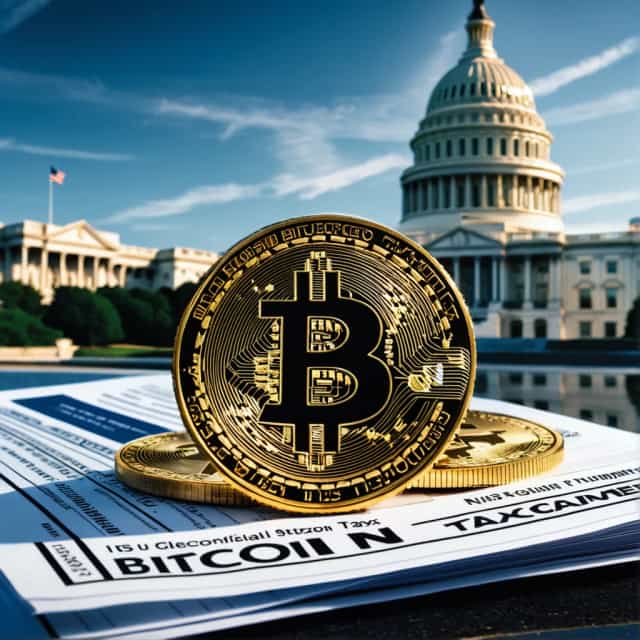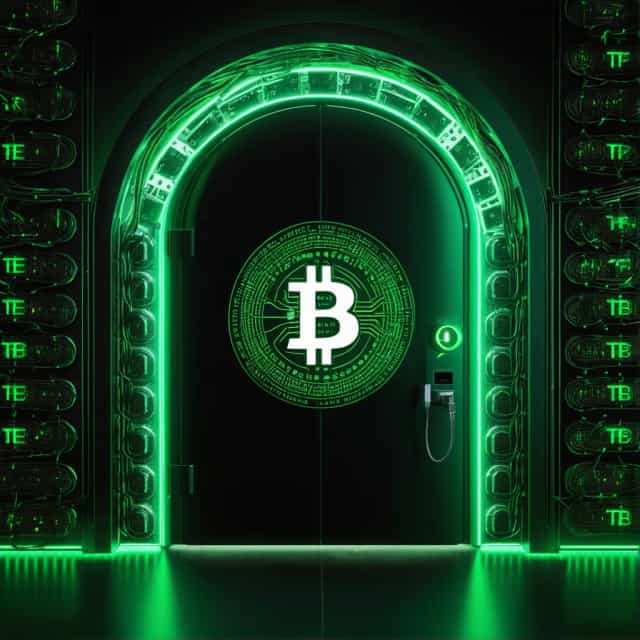
Image source: Block Media
Solana’s Rapid Unstaking Period: A Competitive Edge Over Ethereum in the Race for Staking-Based ETFs
The competition to dominate the staking-focused exchange-traded fund (ETF) landscape is heating up, with Solana emerging as a potential game-changer. Hunter Horsley, CEO of Bitwise Asset Management, has highlighted Solana’s shorter unstaking period as a significant advantage over Ethereum. During an interview at the Token2049 conference in Singapore, Horsley pointed out that Solana’s design could offer critical operational benefits for ETF providers, particularly as the U.S. Securities and Exchange Commission (SEC) prepares to make pivotal decisions impacting multiple crypto ETFs later this month.
The Edge of Solana’s Seamless Unstaking
Solana’s rapid unstaking capabilities could make it a preferred platform for ETF issuers who require the flexibility to quickly redeem assets. “Solana’s system is designed for fast asset retrieval, which aligns with ETF issuers’ need to manage liquidity efficiently,” Horsley stated. In comparison, Ethereum’s withdrawal process often encounters congestion, with its withdrawal queue recently hitting record-breaking levels.
Horsley emphasized the operational demands involved in managing staking-based ETFs, noting that the ability to redeem assets in tight timeframes is critical in the financial world. Ethereum’s relatively slower withdrawal times could pose challenges, especially as its staking network continues to grow in popularity and demand.
The Mechanics and Constraints of Staking
To understand the implications for ETFs, it’s essential to grasp the dynamics of staking. Staking involves locking cryptocurrency to maintain and secure blockchain networks, with participants earning rewards in return. However, the catch lies in liquidity—once assets are staked, withdrawal times depend heavily on network conditions and demand.
For Ethereum-based staking products, these withdrawal constraints necessitate alternative strategies. Bitwise’s Ethereum staking ETP, for example, uses credit facilities to enhance liquidity—a solution that Horsley admits incurs additional costs and has limited scalability. Decentralized liquid staking platforms, such as Lido’s stETH, provide another pathway by allowing users to maintain liquid exposure to their staked Ethereum while continuing to earn rewards.
Despite these measures, Ethereum’s slower withdrawal process remains a bottleneck. As of early September, Ethereum’s staking entry queue peaked at a 2023 high of 863,369 ETH. While the queue has since diminished to 201,984 ETH with an average waiting time of three days, the withdrawal queue remains far more problematic. Currently, around 2 million staking tokens are in the withdrawal pipeline, requiring roughly 34 days to process—a stark contrast to Solana’s quick turnaround.
Critical October SEC Decisions: A Defining Moment for Crypto ETFs
This month is shaping up to be a watershed moment for both Solana and Ethereum as the SEC evaluates multiple ETF applications featuring staking functionalities. Financial heavyweights such as Bitwise, Fidelity, Franklin Templeton, CoinShares, Grayscale Investments, Canary Capital, and VanEck are vying for approval, with several updating their S-1 filings to incorporate staking components.
Grayscale, in particular, is waiting on decisions regarding two Ethereum staking-focused ETFs, with the SEC already deferring its ruling to later in October. Meanwhile, BlackRock’s iShares Ethereum Trust remains in limbo, as its staking-related application faces an extended review until October 30.
The SEC’s decisions will have far-reaching implications for the crypto sector. At least 16 cryptocurrency-related funds are awaiting regulatory outcomes this month, underscoring a pivotal juncture for both traditional finance and digital asset investors.
A New Era for Staking-Focused ETFs?
As staking-based ETFs continue to gain momentum, Solana’s shorter unstaking periods place it in a uniquely advantageous position. For institutional investors and ETF issuers navigating operational constraints, the appeal of swift liquidity cannot be overstated. While Ethereum remains the dominant force in decentralized finance and staking, the inherent delays in its withdrawal process may push stakeholders to consider Solana as a faster, more agile alternative.
Ultimately, the SEC’s ruling on staking ETFs will shape the long-term trajectory of this burgeoning market. For now, Solana’s rapid unstaking design offers a compelling argument for its role in the next generation of crypto investment products. As crypto ETFs edge closer to mainstream adoption, agility, efficiency, and adaptability will determine which blockchain networks rise to the forefront. Solana, it seems, is well-positioned to take the lead.










